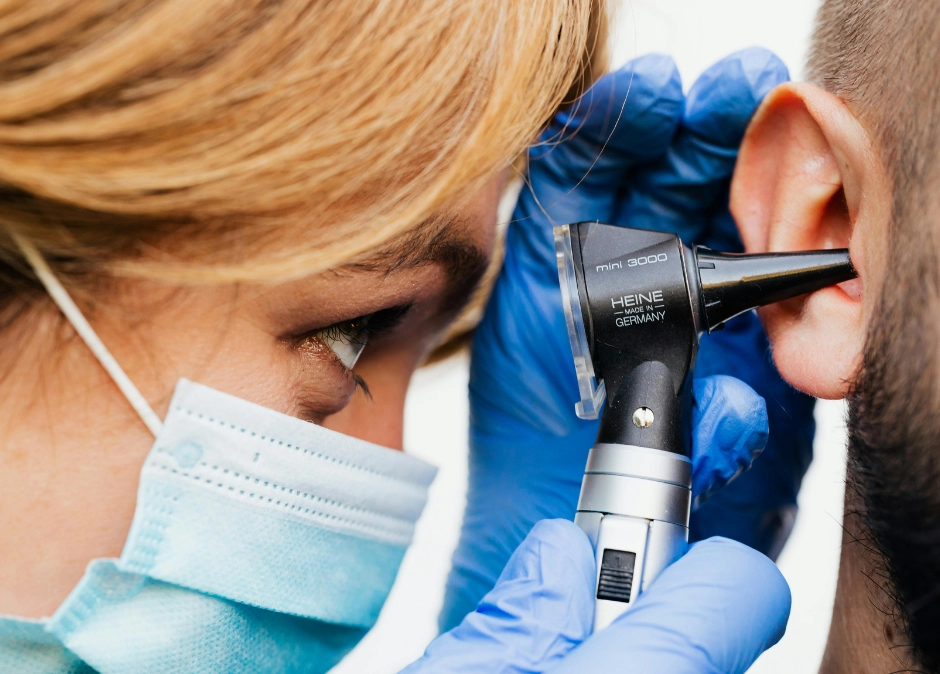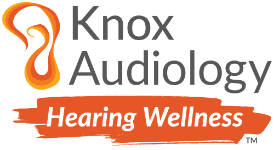Blocked Ears? Here’s Why Professional Ear Wax Removal Is the Safest Option

Everyone produces cerumen, more commonly known as ear wax. While it might not sound glamorous, ear wax actually plays a vital protective role, helping to keep your ears clean and healthy. It is formed when ceruminous and sebaceous glands produce oil and sweat, which mix with dead skin cells to create wax.
In most cases, having some ear wax is perfectly normal, and it usually works its way out naturally over time. But when too much wax builds up, it can cause blockages, earaches, a full sensation in the ear, and even temporary hearing loss. In these situations, it’s best to have the wax removed by a trained professional, such as your audiologist from Knox Audiology, GP, or ENT specialist.
Why Professional Wax Removal Is Best
While home remedies can work for mild build-ups, professional ear wax removal is safer, more precise, and less likely to cause complications. Trained clinicians have the tools and expertise to remove wax effectively while protecting the delicate structures inside your ear.
The most common professional methods include:
1. Ear Microsuction
This is considered the safest and most effective way to remove ear wax.
A clinician examines your ear under magnification and uses a fine, gentle suction device (similar to a tiny vacuum) to remove wax or debris without touching the eardrum. To further minimise any risk, this procedure is done using light and magnification so the audiologist can see the ear structures.
Microsuction is especially ideal for people with narrow ear canals, perforated eardrums, ear infections, or a history of ear surgery. It’s also a dry method, meaning no water is used, which lowers the risk of infection.
You might experience some temporary sensitivity, mild discomfort, or dizziness due to the sound and sensation, but these effects usually pass quickly.
2. Curettage (Manual Removal)
Curettage involves using a thin metal or plastic instrument called a curette, which has a small scoop or loop on the end. The clinician carefully lifts out and removes wax while using a light and magnification to see clearly.
This method is quick, precise, and particularly suitable for people who shouldn’t have water in their ears, such as those with perforated eardrums or recurrent ear infections.
While it’s very safe in trained hands, attempting this at home is not recommended. Improper technique can scratch the ear canal, push wax deeper, or cause pain and dizziness.
3. Ear Syringing (Irrigation)
Also known as ear irrigation, this method uses warm water or saline solution to flush out excess ear wax. A clinician gently squirts water into the ear canal, loosening the wax so it can flow out.
Ear syringing is non-invasive and effective for soft wax and mild blockages, but it’s not suitable for everyone. It may cause ear infections if water isn’t drained properly, eardrum perforation if too much pressure is used, and dizziness or discomfort if the water isn’t the right temperature.
It’s generally not recommended for people with a history of ear surgery, eardrum perforations, or narrow ear canals.
At-Home Wax Removal: When It’s Safe (and When It’s Not)
For mild wax build-up, over-the-counter ear drops or natural oils (such as olive oil or mineral oil) can help soften impacted wax so it moves out naturally.
It is important to avoid using drops if you have a perforated eardrum, pain, discharge, bleeding, or a history of ear surgery.
What to Avoid:
- Cotton buds (Q-tips): These don’t remove wax effectively and are more likely to push the wax in deeper, increasing the risk of impaction, irritation, and even eardrum perforation.
- Online gadgets or spiral tools: These work like cotton buds and can cause similar problems.
- Ear candling: Despite being marketed as natural, ear candling is ineffective and dangerous. It can cause burns, blockages, and permanent damage. No reputable medical body recommends this method.
Ear wax is part of your body’s natural defence system and usually doesn’t need to be removed. But when it builds up and causes discomfort or hearing loss, professional removal is the safest choice.
At Knox Audiology, our university-trained audiologists offer microsuction and curettage ear wax removal in a gentle, safe, and effective way.
To book an appointment, call 03 9800 5697 or book online today.
